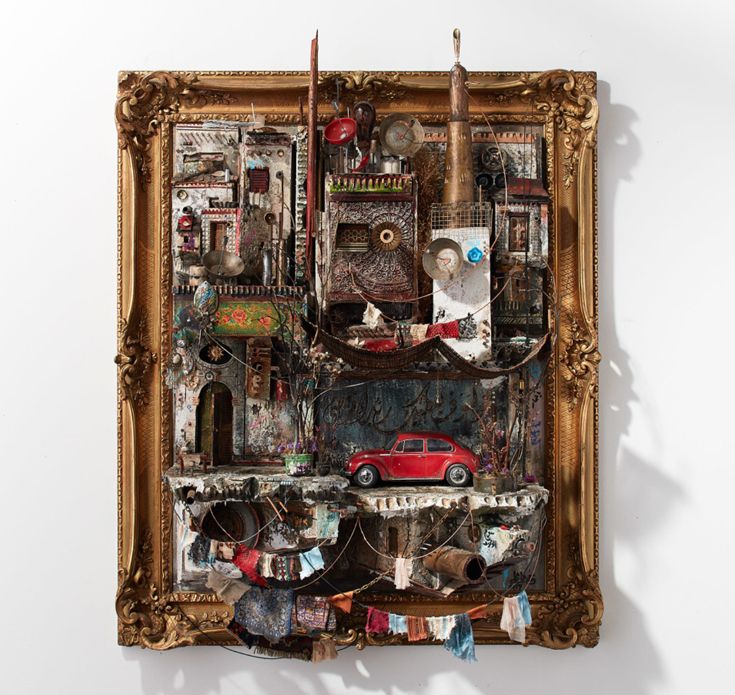For many who were born in Syria, life has always been populated by the constant shivering atmosphere of conflict, to the ultimate effect that the sound of artillery booming nearby is as familiar as the sound of breathing.
The conflict in Syria remains a whirlwind of political instability and grinding crises where recurrent issues pop their ugly head. The pressing aspect of this conflict is the country's ability to constantly reshape, erecting a barrier for aid-givers agents to accurately measure the scoop of the problems. Although conflict-related violence necessitates significant aid, other systematic issues grow in size, among them being the emerging realities of refugees returning and the volatility of food insecurity and the economy.
Indeed, the refugee response crisis stands at a crossroad as the European help is flooded with the current conflict between Ukraine and Russia. The elevated number of Ukrainian refugees is Europe's fastest-growing crisis since World War II, stressing the already thin UNHCR line of support. The long-standing eleven years of civil war in Syria has left 6.8 million Syrians as refugees, and while the right to asylum is a basic human right, the West’s immediate openness to help to Ukrainian refugees leaves out a pressing premise — we must not forget the 24 million other refugees forced to leave as their countries face a humanitarian crisis.
“The humanitarian situation inside Syria is fragile and has been further compounded by the global COVID-19 pandemic and the sharp economic downturn,” says Khaldoun Al-Amir, IRC health technical advisor for the Middle East and North Africa. “The estimated number of people in need of health care has increased in 2021 by around 5% and is expected to increase further in 2022. As a health professional, I hope that the international community will scale up their efforts to protect health care professionals and health care services.”
Yet, this matter is not left unnoticed by the art community. Syrian-American artist and architect, Mohamad Hafez, depicts through a cross-disciplinary exploration the atrocities of the Syrian war, creating sculpture installations that capture the atmosphere of a besieged city and war, exposing the fragility of human life.

Touching on the realities of refugees, Hafez created a series of installations back in 2017 called PACKED: Refugee Baggage, consisting of sculpturally recreated landscapes, buildings, homes and rooms that witness the destruction of war. Each installation seeks to humanize the word “refugee” as visitors experience short audios with the voices and stories of real people — from Afghanistan, Iraq, Sudan, and the Congo — who escaped these rooms, becoming refugees in America.
“What was intriguing in the whole exhibit: the word ‘refugee’ does not show up anywhere on the wall other than a small title when you enter the exhibit.” Hafez explains. “This is intentional simply because we wanted the viewer to experience all stories before stopping and saying, ‘Wait a second, these are refugees and they're here in America?’”
Most of Hafez's practice is a collection of architectural photorealistic three-dimensional scenes, illustrating the urban fabric of the Middle East. In this way, his work promotes global awareness about the ongoing conflict and the aftermath of the injustices perpetrated in an artistic and modest style that appeals to a larger audience.
Hafez’s connection to his homeland and his deep feeling of inability to offer more assistance shapes his work, graphically recreating the experiences of Syrians around the world, connecting with the United Nations Sustainable Development Goal for Peace, Justice and Strong Institutions by fostering an atmosphere of urgency and dialogue surrounding the current crisis.
The relentless and extensive body of work focusing on issues like the worldwide refugee crisis and the Syrian conflict has garnered Hafez high acclaim with numerous exhibitions and profiles on National Public Radio, The New York Times, The Guardian and The New Yorker. In 2022, Hafez was the subject of a short documentary A Broken House that was shortlisted for an Oscar nomination.
“I discovered that my artistic skill is now put to use for a humanitarian force, an activist role that goes beyond telling my own story and my family's story or Ahmed's story,” Hafez states.
“This is now much larger than us and it's talking about humanizing a large population that is most of the time thought about in the complete abstract.”
The emotional connection of Hafez to his homeland makes his installations personal and intimate, even as he addresses other people's experiences, accomplishing an important reality. Real people are allowed to tell their story, making a conflict happening across the ocean palpable and real. This alone is the foundation of change.
See more of Hafez’s work here.
